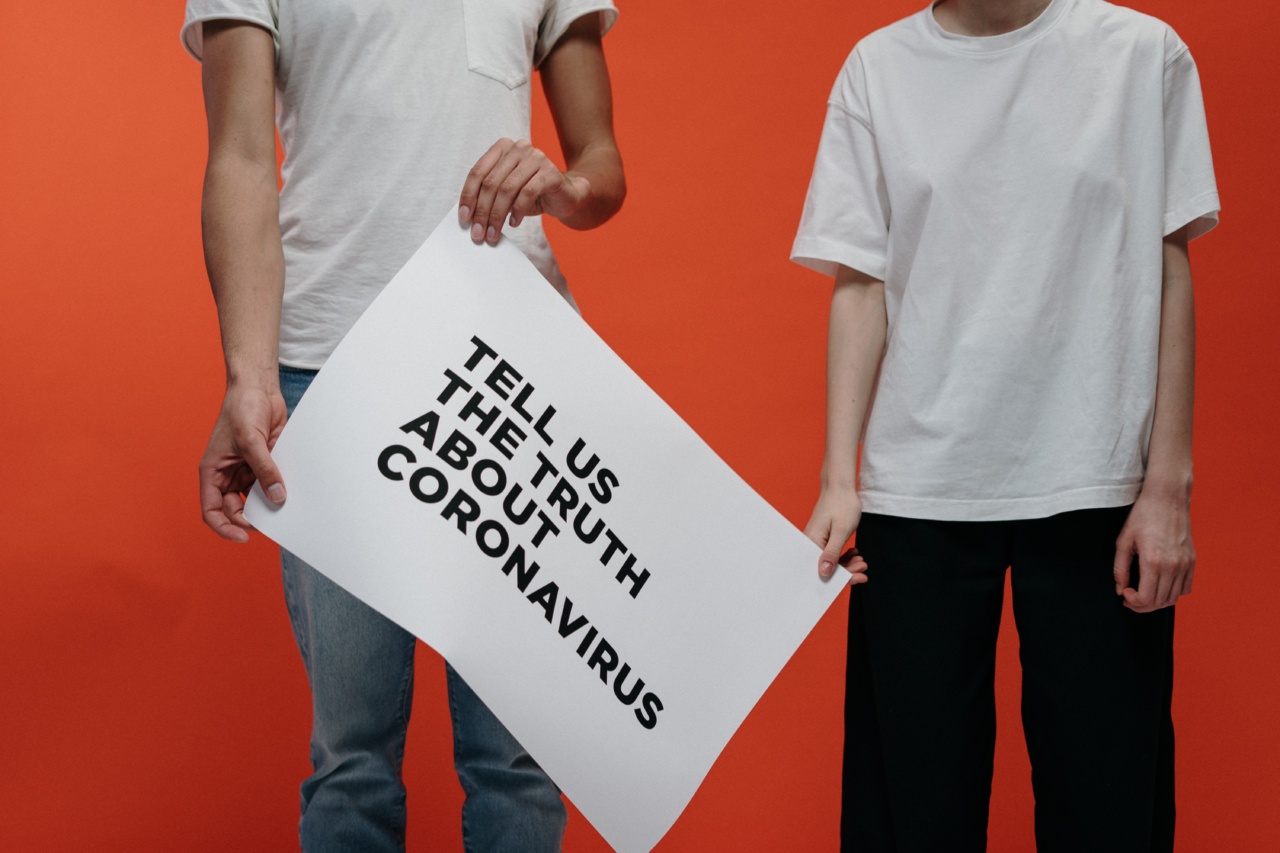When we hear the term “kissing disease,” most of us think of mononucleosis, often called “mono” for short.
A viral infection that is most commonly transmitted through saliva, mono has long been associated with teenagers and college students, who often share drinks, kiss, and engage in other close contact that can spread the virus.
While mono is indeed a commonly recognized form of the kissing disease, there are other, lesser-known illnesses that can also be transmitted through close physical contact.
In this article, we’ll explore some of the surprising truths about the kissing disease, including what it is, how it spreads, and what you can do to protect yourself.
What is Mono?
Mononucleosis is a viral infection caused by the Epstein-Barr virus (EBV), a member of the herpes family. It is most common among teenagers and young adults, but can affect people of all ages. Symptoms of mono include:.
- Fever
- Sore throat
- Swollen lymph nodes
- Fatigue
- Headache
- Muscle aches and weakness
- Loss of appetite
- Skin rash
Symptoms usually appear four to six weeks after exposure to the virus, and can last for several weeks. In some cases, symptoms may linger for several months or even years.
Because there is no cure for mono, treatment generally involves managing symptoms with rest, fluids, painkillers, and other comfort measures.
How is Mono Spread?
Mononucleosis is primarily spread through saliva, which is why it is often called the kissing disease.
However, it can also be transmitted through other types of close physical contact, such as sharing utensils, cups, or drinks with someone who is infected.
In addition, the virus can be transmitted through blood and bodily fluids, although this is less common.
People who have been infected with EBV can continue to shed the virus in their saliva for months or even years after their symptoms have subsided, which means that they can still spread the virus to others.
What Other Diseases are Included in the Kissing Disease Category?
In addition to mono, there are other illnesses that are sometimes included in the kissing disease category. Here are a few examples:.
Cytomegalovirus (CMV)
Cytomegalovirus (CMV) is a common virus that is spread through bodily fluids, including saliva, blood, urine, and breast milk.
Most people who are infected with CMV show no symptoms, but the virus can cause serious illness in people with weakened immune systems, pregnant women, and newborn babies. There is no cure for CMV, but antiviral medications can help to manage symptoms.
Herpes Simplex Virus (HSV)
Herpes simplex virus (HSV) is a sexually transmitted virus that can also be spread through close physical contact, including kissing.
While many people with HSV show no symptoms, the virus can cause painful sores and blisters around the mouth, genitals, or anus. Antiviral medications can help to manage symptoms, but there is no cure for HSV.
Molluscum Contagiosum
Molluscum contagiosum is a skin infection that is caused by a poxvirus. It is highly contagious and can be transmitted through close physical contact, including kissing. Symptoms include small, raised bumps on the skin that may itch or become inflamed.
While the infection usually clears up on its own within a few months, it can be treated with topical medications or removed surgically if necessary.
How Can You Protect Yourself from the Kissing Disease?
Because many different illnesses are classified as kissing diseases, there is no surefire way to protect yourself from all of them. However, there are some steps you can take to reduce your risk of getting sick:.
Avoid Close Physical Contact with People who are Sick
If someone you know is sick with a suspected kissing disease, avoid close physical contact with them until they have fully recovered.
Practice Good Hygiene
Wash your hands frequently, particularly before eating or touching your mouth or face. Avoid sharing utensils, cups, or other personal items with people who are sick.
Get Vaccinated
There are some vaccines available that can help to protect against certain kissing diseases, such as the HPV vaccine and the hepatitis B vaccine. Talk to your doctor to determine whether vaccination is appropriate for you.
Practice Safer Sex
If you are sexually active, use barrier methods such as condoms to reduce your risk of contracting sexually transmitted kissing diseases like herpes.
Conclusion
Although mono is the most well-known form of the kissing disease, there are many other illnesses that can be transmitted through close physical contact.
By practicing good hygiene, avoiding close physical contact with people who are sick, and taking other preventative measures, you can help to reduce your risk of getting sick with a kissing disease.





























